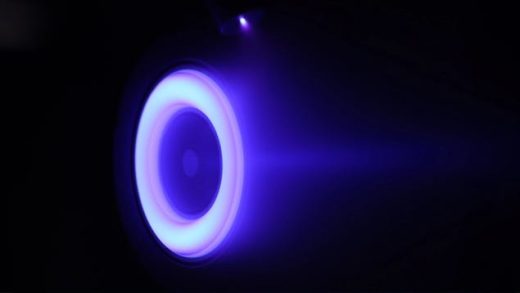Imagine a postcard of rural New England at the peak of fall foliage, the forest alight with color so bright your mouth waters for a stack of syrup-soaked pancakes and a mug of hot cider. That’s my farm you are imagining, nestled among the mountains and lakes of New Hampshire. Now imagine those maple trees are gone, dead because slowly rising summer temperatures forced the trees to move north. Welcome to the very probable future. Welcome to my nightmare.
I built my farm from scratch during the same years I wrote my debut novel Waiting for the Night Song, set in rural New Hampshire. By day, I dug in the dirt, observing a bump in local temperature, invasive species sneaking in, and native species, like my maples, slowly being nudged north by our changing climate. In the evenings, I worked on my novel. I imagined a story about the quiet ways a slowly shifting habitat would impact a small agricultural town—how an invasive beetle moving in and a tiny songbird disappearing—would affect the ecosystem and the people who live in it.
The unfathomable loss of species due to the climate crisis should terrify us all, not just because of the potential loss of picturesque foliage or a missing songbird, but because of food insecurity, forest fires, land erosion, loss of habitats, climate migration, and so much more. From a tiny insect to a large mammal, every species we lose leaves a void in the ecosystem. Everything else must shift to accommodate for the missing member. My farm is in flux. So is your community, even if you don’t see it yet.
I’m not the only fiction writer fixated on the movement and loss of species due to climate change. This list brings together a wide range of novels from science fiction to literary fiction to romance, all with an eye on how the loss of species affects how we imagine the future of life on planet Earth.
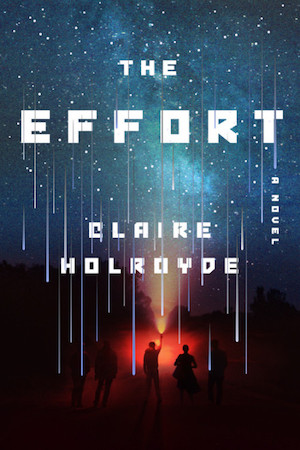
The Effort by Claire Holroyde
The Effort imagines an alternate present with mass extinctions caused by climate change and habitat loss. This reality also features a comet on course to collide with Earth and possibly wipe out all species—including humans. As world leaders flee to their bunkers, scientists rise up as heroes who join together to save the planet. The Effort offers a vision for how humanity could avoid an existential crisis with international collaboration while also highlighting the environmental threats created by humans.
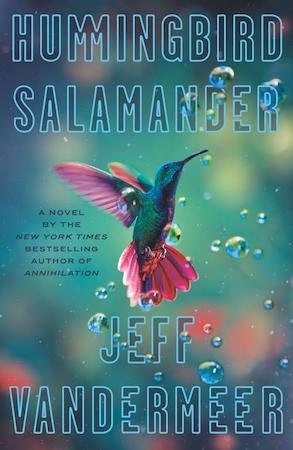
Hummingbird Salamander by Jeff VanderMeer
Hummingbird Salamander follows the main character Jane through a heart-pounding adventure which begins when she opens a storage unit to find a taxidermied hummingbird. Jane follows clues that lead her to a taxidermied salamander—and a lot of questions related to climate change, ecoterrorism, endangered species, and the fate of the world.
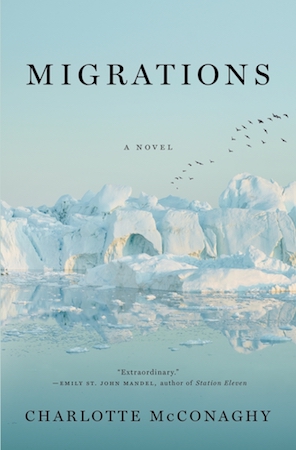
Migrations by Charlotte McConaghy
In her moving novel Migrations, Charlotte McConaghy imagines a near-future world in which most animals have gone extinct. The only stable populations include animals that humans have domesticated. This story follows Franny, a woman obsessed with following the Arctic tern’s final migration, a journey that unfolds in parallel with Franny’s journey through grief. The story may seem bleak on the surface, but at its heart, Migrations is a love story that leaves readers with a glimmer of hope when they least expect it.
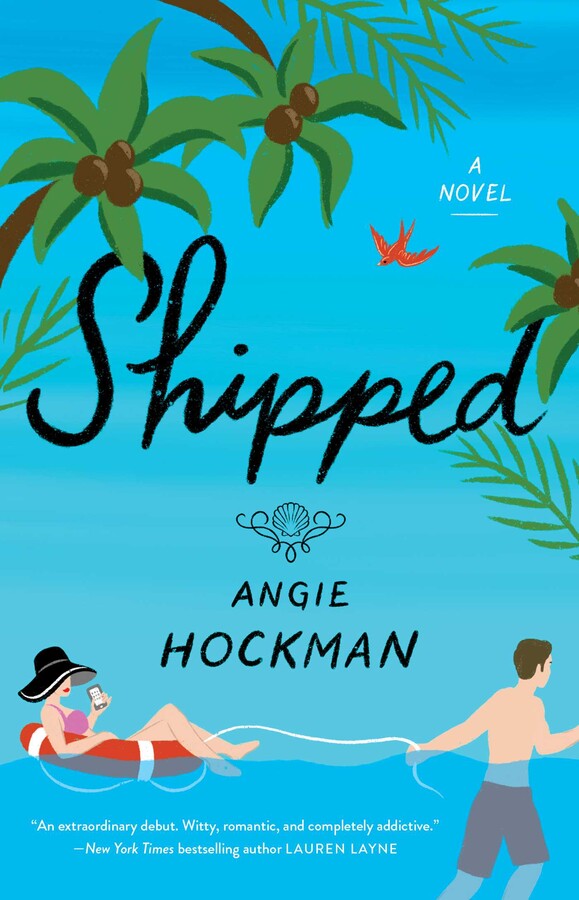
Shipped by Angie Hockman
Shipped by Angie Hockman centers on an enemies-to-lovers romance on a cruise ship exploring the Galapagos. As the characters battle for a coveted promotion at the cruise line where they both work, they contemplate the travel industry’s responsibility to protect vulnerable species and ecosystems. These relatable characters’ choices challenge readers to evaluate their own actions and how those actions might affect other species on our fragile planet.
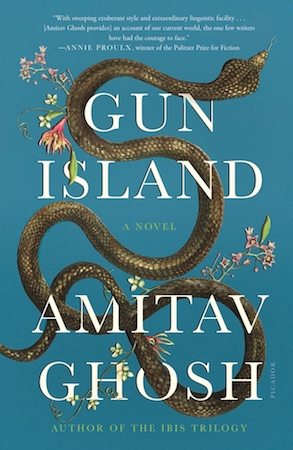
Gun Island by Amitav Ghosh
Gun Island follows the main character, Deen, as he travels from India to Italy to the United States in search of information about an old legend of The Gun Merchant. Deen witnesses exploitative obstacles facing climate refugees and observes species, such as bark beetles and poisonous water snakes, show up in non-native habitats. At the same time, fires scorch the Pacific Northwest in the U.S. Gun Island infuses real-world climate change with the Gun Merchant legend, which seems to be asserting itself in Deen’s life, giving this book a near-magical realism experience without ever dipping into magic.
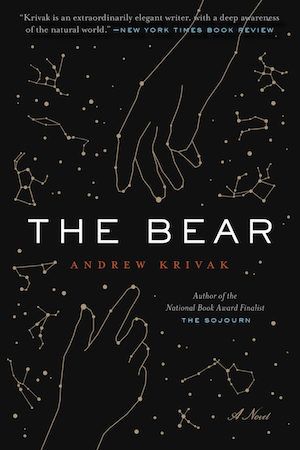
The Bear by Andrew Krivak
The Bear by National Book Award finalist Andrew Krivak is an elegiac fable about a father and daughter who are the last remaining humans on a future Earth. Krivak presents what could be considered a dark future for the human race, yet the story is infused with compassion and hope in the understanding that the Earth can outlive humans. All endings are just beginnings. Krivak’s prose fills the reader with awe for the greatness of nature and a nostalgia for the things we have not yet lost.
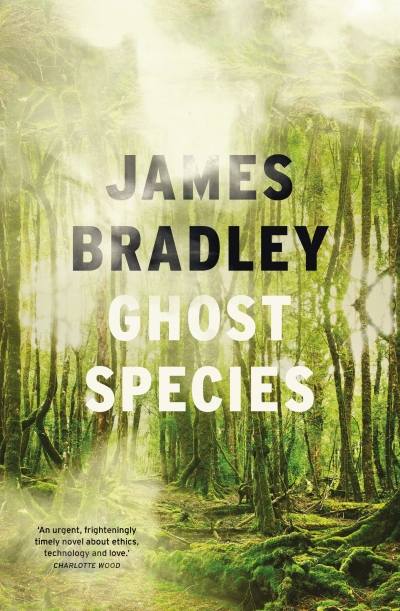
Ghost Species by James Bradley
In Ghost Species, James Bradley introduces readers to scientists trying to avert future climate disasters and reverse existing environmental damage by resurrecting extinct species via genetic engineering. Hubris pushes them too far as they bring to life a Neanderthal baby named Eve, who very clearly does not belong in this time. Ghost Species brims with moral and ethical dilemmas related to technology, genetic engineering, and how we treat our planet and the creatures we share it with.
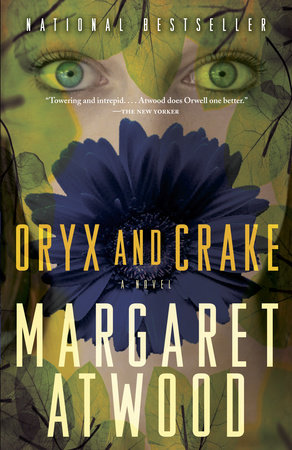
Oryx and Crake by Margaret Atwood
Oryx and Crake presents a dystopian future framed by an imbalance in nature where engineered species that should not exist thrive, and species that we would recognize are gone. Characters in the book casually play a trivia game called Extinctathon, which involves deploying trivia about the numerous plants and animals that no longer exist. The climate disaster that led to plant and animal extinction is followed by a second gut punch that will strike readers differently post-2020. Climate change did not deliver the final blow to the human race; it was a global pandemic created in a laboratory and deliberately released.
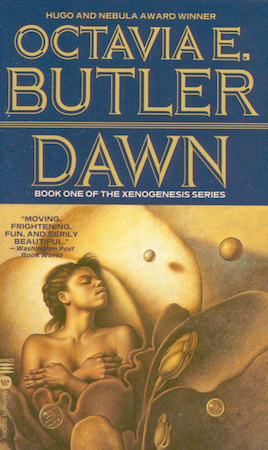
Dawn by Octavia E. Butler
After a nuclear war devastates the human race and destroys Earth’s environment, an alien race called the Oankali rescues surviving humans and puts them in a state of suspended animation for hundreds of years while they heal the Earth’s environment. The aliens choose Lilith Iyapo to wake her fellow humans and prepare them to return to their newly re-wilded planet. As she discovers the price of merging with the Oankali, Lilith struggles with her obligations to the human race, the aliens who rescued them, and the planet humans destroyed.
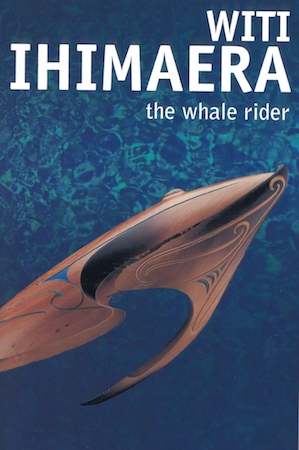
Whale Rider by Witi Ihimaera
Whale Rider is the story of Paikea Apirana, a young Maori girl descended from Kahutia Te Rangi or the “whale rider.” In every generation, a chief emerges with the gift of communicating with the great sea mammals, but in Paikea’s generation, there are no male heirs, and her community cannot envision a girl as the whale rider. When hundreds of whales beach themselves, Paikea steps forward with the gift to help her community and the whales, underscoring the interconnectedness and interdependence of species. This book was initially written for young readers but was turned into a Sundance-winning film for all ages.
The post 10 Climate Change Novels About Endangered and Extinct Species appeared first on Electric Literature.
Source : 10 Climate Change Novels About Endangered and Extinct Species


